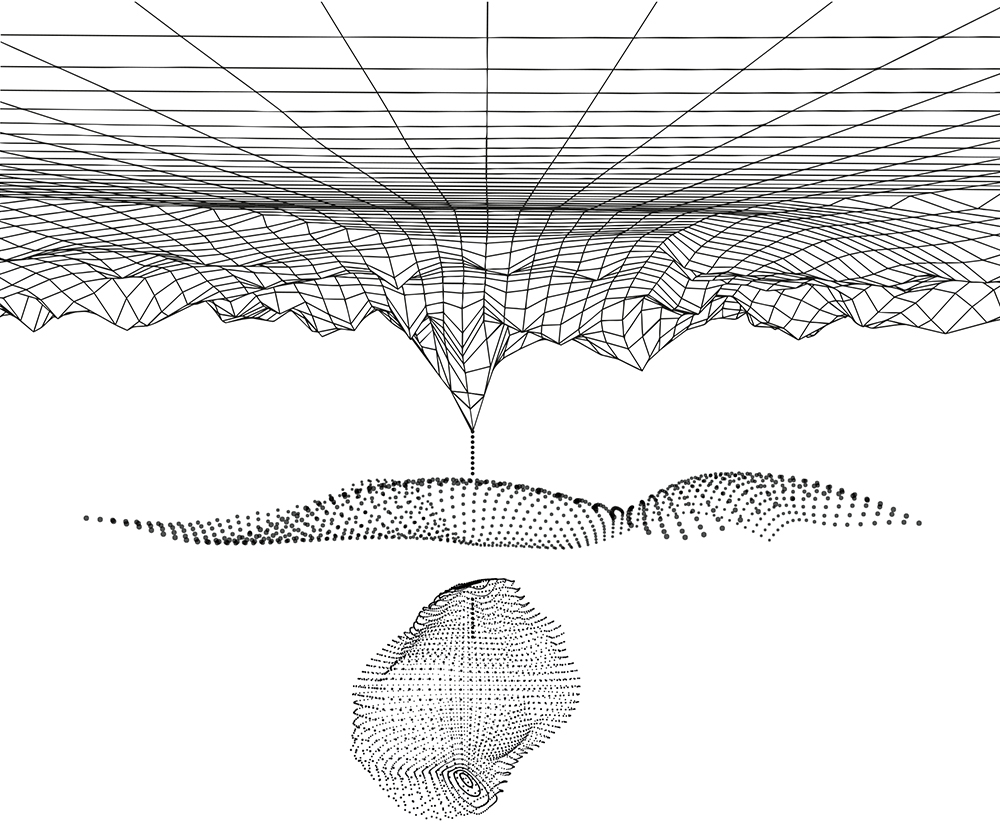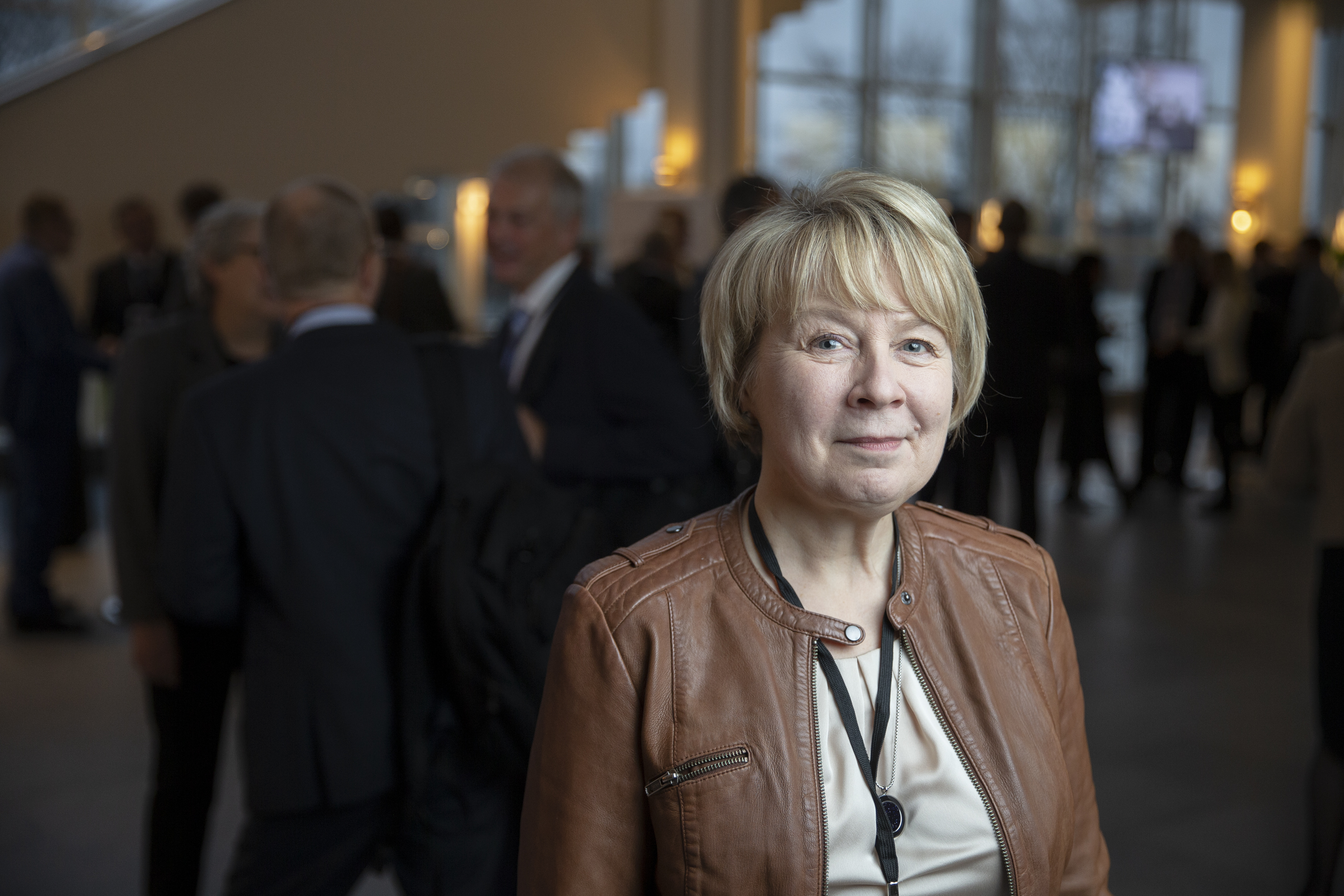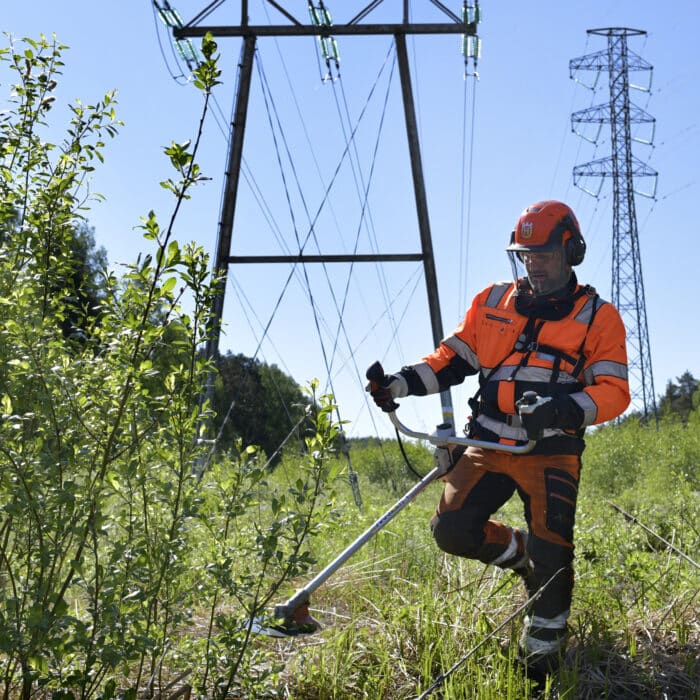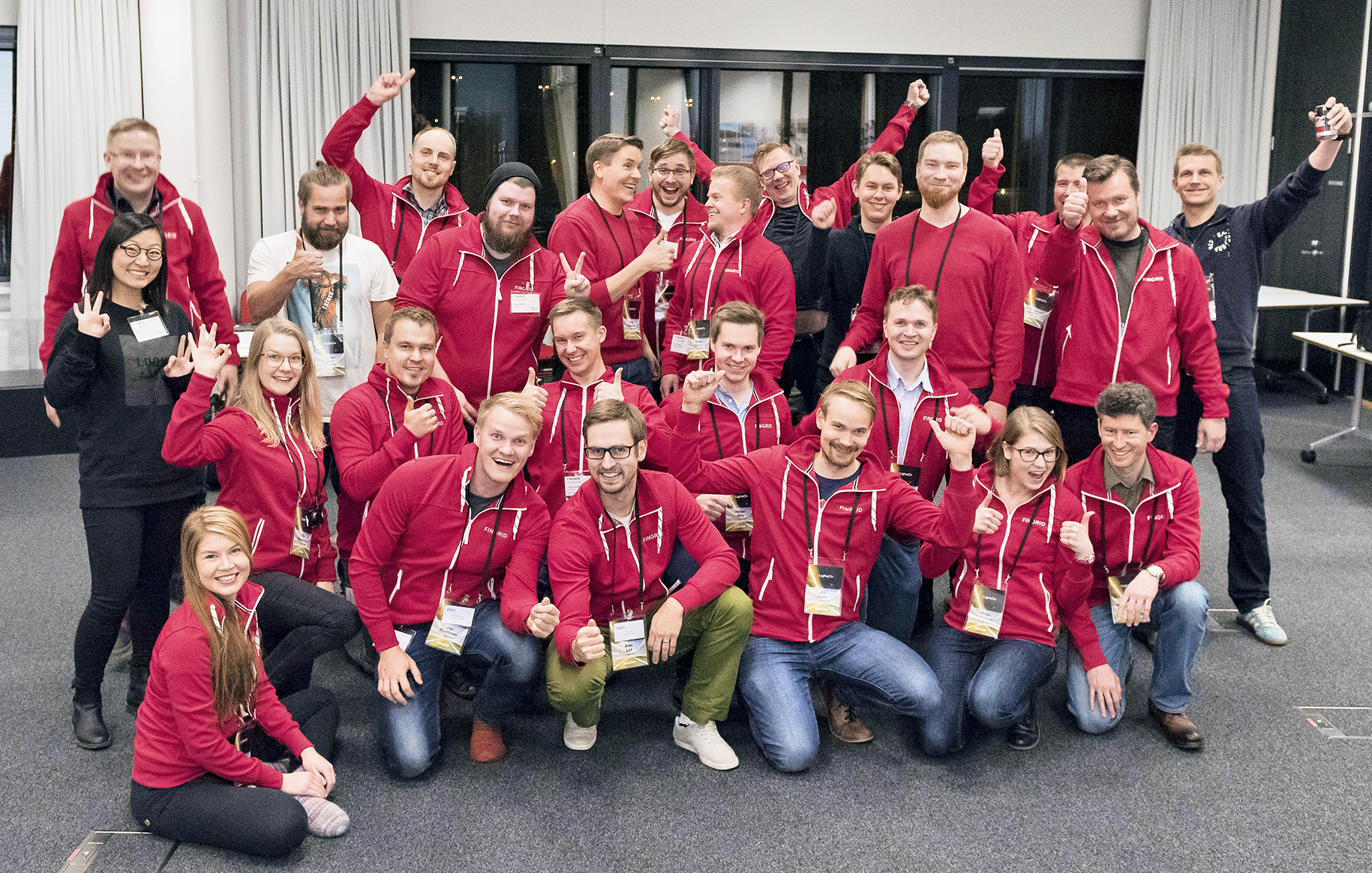Every year, Fingrid has about 50 different R&D projects seeking innovations to enable the energy revolution. Technology Manager Jussi Matilainen says that the company’s needs are both strategic – stretching to the long term – and operational – shorter-term solutions.
“Similarly, there are naturally some differences between the sizes of projects, ranging from extensive asset management IoT applications to masters’ theses,” he says.
The majority of the research and development projects conducted in 2019 fell into four main groups: increasing the market-based flexibility of the power system, safeguarding the supply of electricity under all circumstances, making data available to the people who use it, and boosting the cost-efficiency of asset management.
The electricity system – part of the energy system
According to Matilainen, Fingrid’s R&D operations are currently weighted towards the management of an advanced electricity system, versatile flexibility solutions and the digitalisation of the electricity grid to boost the efficiency of system operation and asset management. These objectives will continue, at least in the coming years.
“The common theme is the ‘electricity system as part of the energy system’: a mindset with which we are constantly optimising larger entities.” This may mean that the interplay between energy generation, storage, transmission and distribution is made constantly more flexible – very often with the help of various digital tools.
“For example, we are using digital solutions to improve our control centre operations. This enables us to forecast consumption and other phenomena trends more effectively.”
Artificial intelligence partners IRIS and IGOR
When Fingrid ran its Valvomo2023 project to identify the control centre of the future, it experimented with IRIS^AI, a solution developed by a Finnish startup to discover scientific articles related to situational awareness management. The artificial intelligence solution helped to identify interesting articles, but the practical benefits were ultimately limited.
A new attempt was made in 2019 when Findest.eu, a company from the Netherlands, contacted Matilainen.
This startup also makes use of artificial intelligence to seek and refine online information, so Matilainen was sceptical about whether it could be better for our needs than IRIS.
“It soon became clear that IGOR^AI, the artificial intelligence developed by Findest, differed from IRIS^AI in that IGOR^AI searches the internet for technical solutions to predefined problems instead of simply searching for research related to a theme,” Matilainen says.
Gold nuggets in an avalanche of data
After the keywords and optimisation parameters are set, IGOR goes through thousands of articles, patents and other material, arranging them into logical categories. The people from the startup said that the better a problem can be defined, the more accurate the results will be. In addition, the entire process required the participants to spend less than one day of working time, so they decided to try out IGOR.
The team led by Marcin Pohjanpalo, System Design Expert, challenged IGOR to find out how we could increase the transmission capacity or eliminate bottlenecks. After the first round, Fingrid’s panel of judges was presented with 38 technologies identified by artificial intelligence, and nine were selected for inclusion in the next round.
“More detailed information was obtained about these nine technologies, such as the maturity of the technology and the potential suppliers,” says Pohjanpalo.
And what happened in the end? – Matilainen and Pohjanpalo say that the results are still under examination, but it is possible to say at this stage that IGOR identified some truly impressive technologies: there are now several routes that can be taken to address bottlenecks.
“This is one of the first applications to really demonstrate how artificial intelligence could help knowledge workers in the future,” Pohjanpalo says.
A flexible resource with a locational information
From Fingrid’s perspective, one of the most interesting R&D projects in the industry is the INTERRFACE flexibility market pilot project funded by the EU’s Horizon 2020 programme. The INTERRFACE project seeks to make it as easy as possible to offer flexibility for various purposes in such a way that the flexible resources are used where it can generate the greatest value.
Jukka Rinta-Luoma, Specialist who leads Fingrid’s part of the INTERRFACE project, states that INTERRFACE is a significant effort by companies in the industry: it involves a total of 42 parties from all over Europe.
“Fingrid is involved in the Finland-Baltic demo, which began at the start of 2019,” Rinta-Luoma says. In addition to Fingrid, the demo involves parties such as transmission and distribution system operators from Finland, Estonia and Latvia.
Modern ICT architecture
Key aspects of the demo include congestion management and connectivity to existing markets. The aim is to create an architecture for platforms that connect different information systems and define products and related processes.
“We will begin piloting in 2021. The actual need for solutions will arise in 2024–2025,” says Rinta-Luoma.
Fingrid’s INTERRFACE team expects to learn valuable new things from the Finland-Baltic demo once the new market structures of the future are set up. This is no small challenge:
“We aim to find out what ICT systems will be needed to enable sufficient flexibility in the future power system.”




